Five Ways To Build A Table Top
*We use affiliate links to support our blog and help our readers find exactly what they are looking for. By using our chosen links in this blog, we do earn a commission. Thank you!*
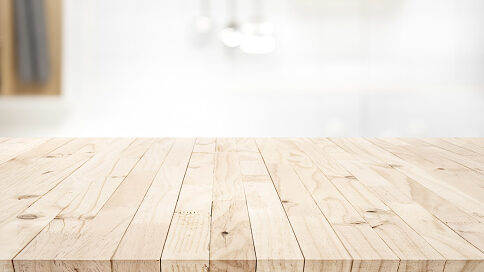
Another big question that I get asked frequently is how do I build my table tops to look like a single piece of wood instead of multiple boards put together. There are several ways that you can build a table top, I am going to share with you all the different ways and the pros and cons that go with each and which method I personally prefer in my woodworking business below.
1. Plywood Backer
This is a somewhat common method used among beginners but I also personally still use it for my herringbone and mosaic style table tops. Essentially you place 3/4″ wood boards on top of 3/4″ plywood using wood glue and brad nails to hold in place while the glue dries in your desired pattern. This is an easier method, but due to wood movement, you will more than likely see small gaps between boards overtime since they are not joined together at the seams very tightly with clamps.
PROs: You can put your top boards in any pattern you’d like to create a super custom look. CONs: Due to Wood movement, you will probably get spacing in between seems overtime.
2. Pocket Hole Screws
This is probably the most common method used amongst most DIY’ers and beginners. Most do not have any issues using this method, but due to wood movement, if you use pocket hole screws and wet wood you will wind up with cracking and/or warping of your table top overtime because the wood will try to move but cannot do to the permanence of the screws holding in place. This is why I do not recommend this method unless you have no other choice, or if you are only making something temporary and don’t care if it lasts a very long time. Are used to use this method as a beginner myself, and I learned from my mistakes!
PROs: You can quickly join boards together with no wait time for glue to dry. CONs: More than likely you’ll have some sort of movement overtime creating cracks/warping.
3. Glue Only At Seams
This is the technique that I currently use for small projects. After milling the boards for the top, simply use a healthy amount of wood glue in the seams and clamp until dry. The wood glue is stronger than the wood itself, the wood will break inside of its own grain before it will break in a properly glued and clamped seam. The downside to this method is if you do not properly mill your boards, when you clamp together, you will not get a good connection and the seam could fail later or even immediately after you take the top out of the clamps. You can also get in properly aligned boards causing unevenness which is why I only use this method for small projects such as side tables and nightstands.
PROs: Quick assembly, no drilling or use of any other tools (besides clamps) needed. CONs: Possible failure of seams if not properly jointed boards are put together and possible unevenness in seams of long boards.
4. Biscuit Join
This is the method that I recommend for all beginner woodworkers. Using a biscuit joiner will allow you to properly align boards while gluing them together in the clamps. This will eliminate unevenness in seams for long boards unless you are using a very thick wood. Then you would need to upgrade to the domino. But for wood 1 inch thick or less, a biscuit joiner is perfect. You can also use the biscuit joiner to cut the slots in your table base to attach your top to using z-clips.
PROs: Properly align boards for glue ups and can use your join her to cut slots in your base. CONs: Can only effectively use with wood that is 1 inch thick or less, otherwise you will need something heftier like the domino.
5. Festool Domino
In my woodworking business, I use my domino for 99% of the tops that I build. I use wood that is anywhere between 1.25″-2″ thick for my table tops, so a biscuit joiner would not be sufficient to keep the boards perfectly aligned during glue up. This is the method that most all professional woodworker’s who build furniture use. But again, the dominoes are not used for anything structural, they are merely to hold the boards in alignment until the wood glue dries in the clamps. So you still need to make sure everything is properly milled and perfectly square to get proper adhesion between seams.
PROs: Proper alignment of boards that have been properly milled before glue up for a seamless look. Technique that the majority of professionals prefer. CONs: Festool Domino is $1000+ so not recommended for a beginner.
Takeaway Message
No matter which method you choose to go with when assembling your table top, a few things that you must do for any method would be 1. to make sure that you properly mill/joint all of your wood before trying to join together whether that be through a jointer or your tablesaw with a jointer jig. If you have gaps between your seams, you will not get good connection during the glue up process and will have spaces and gaps which can lead to failure of your table top down the road. 2. you need to use a healthy amount of wood glue between seams. Invest in a glue brush or a glue roller to evenly coat the edge of each seam with glue before placing your top into the clamps. This will maximize the surface area that the glue covers to ensure the strongest joint possible. And always make sure you have even squeeze out of glue throughout your seam after clamping.
Happy building!
*We use affiliate links to support our blog and help our readers find exactly what they are looking for. By using our independently chosen links, we do earn a commission. Thank you! *

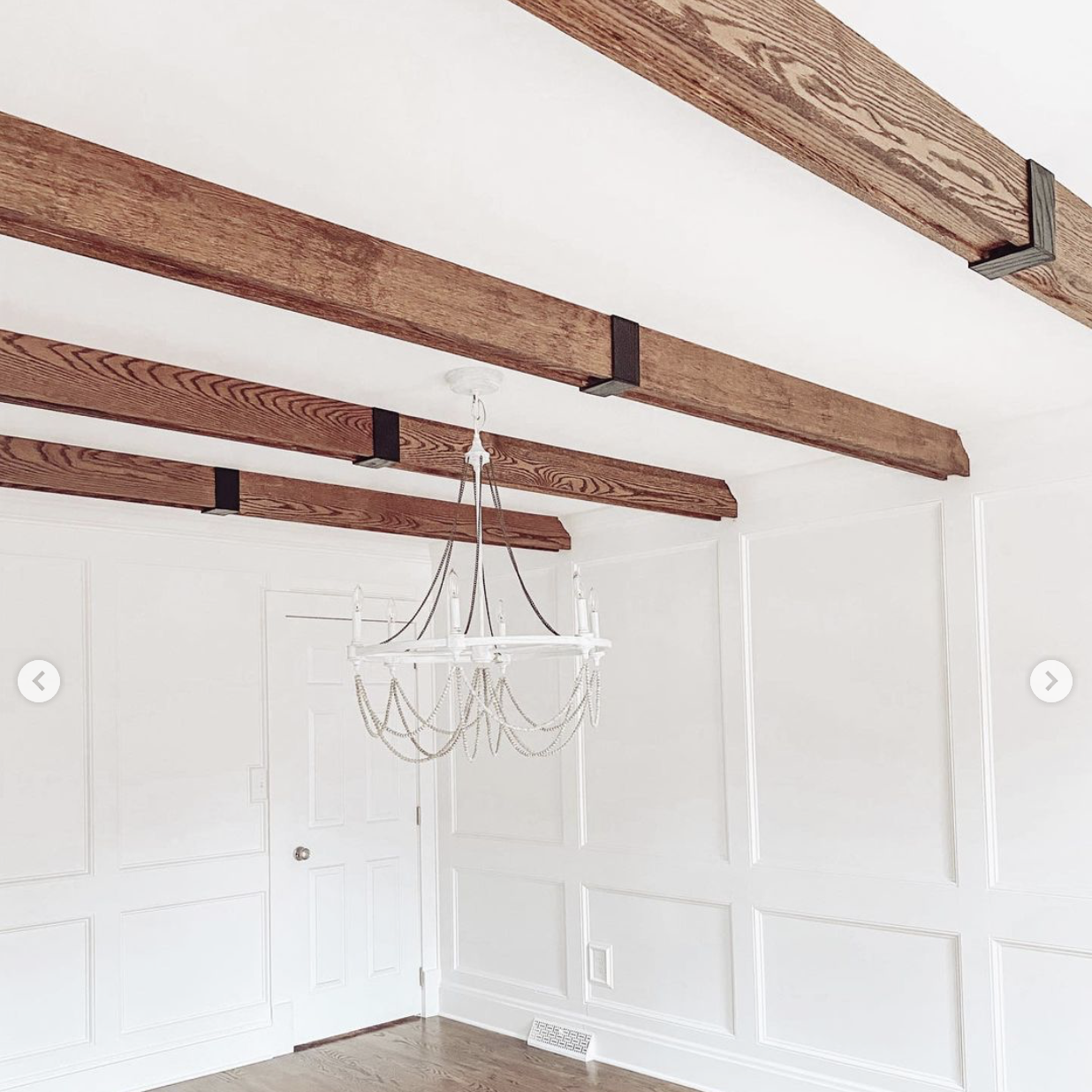
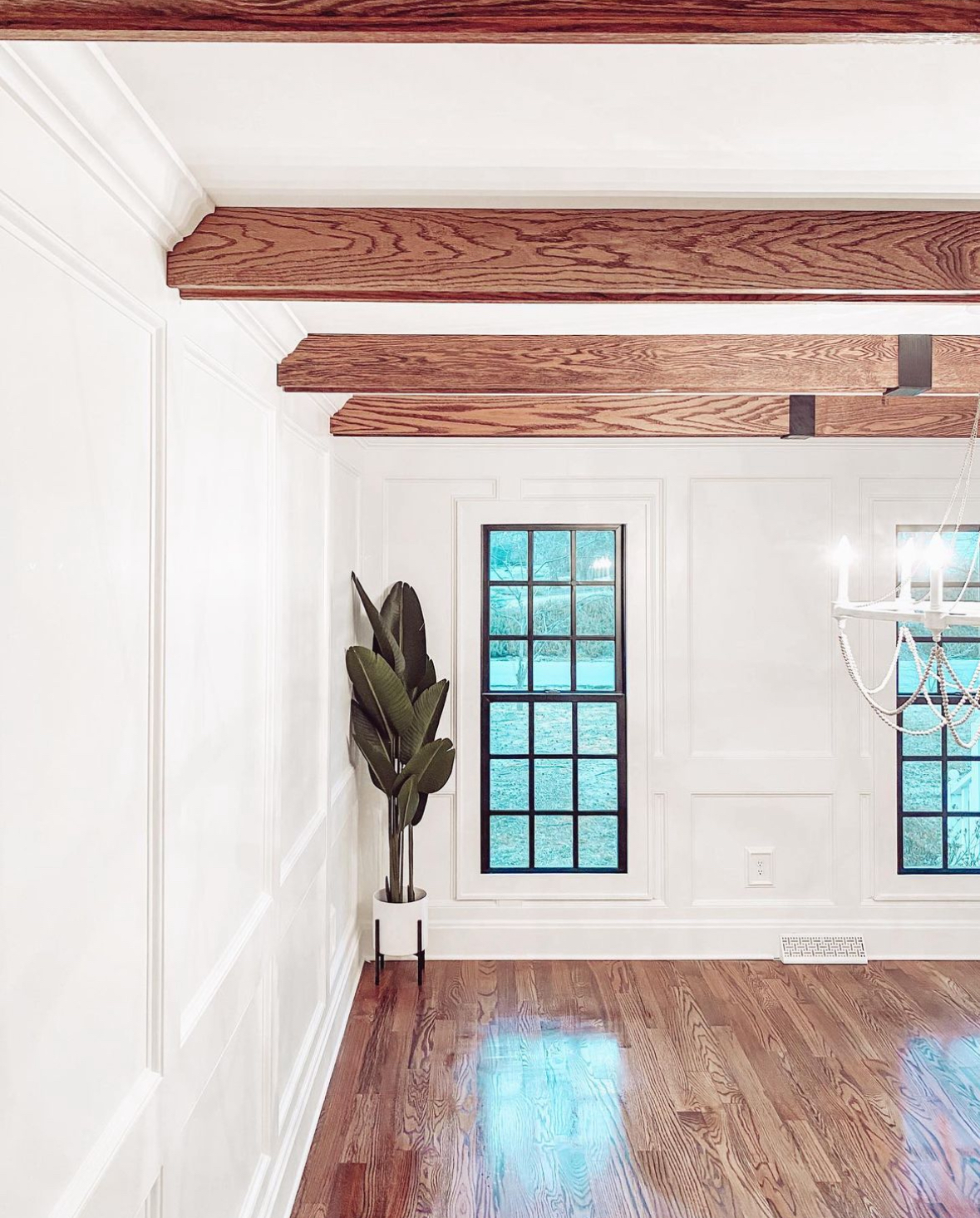
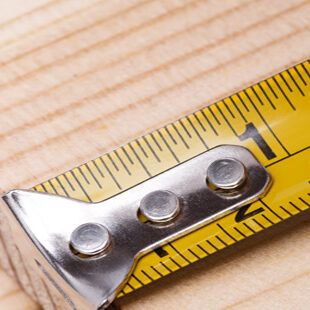
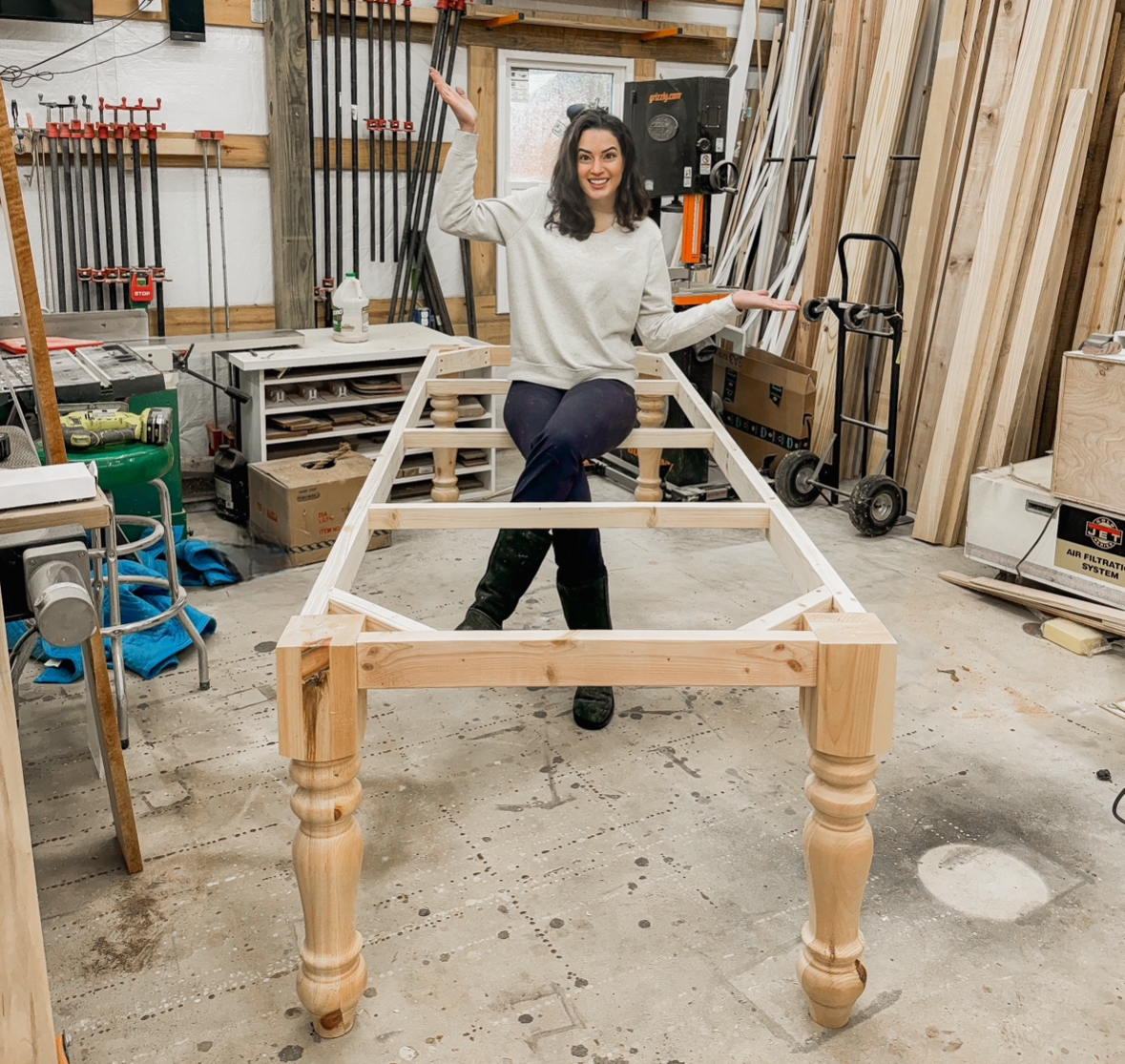
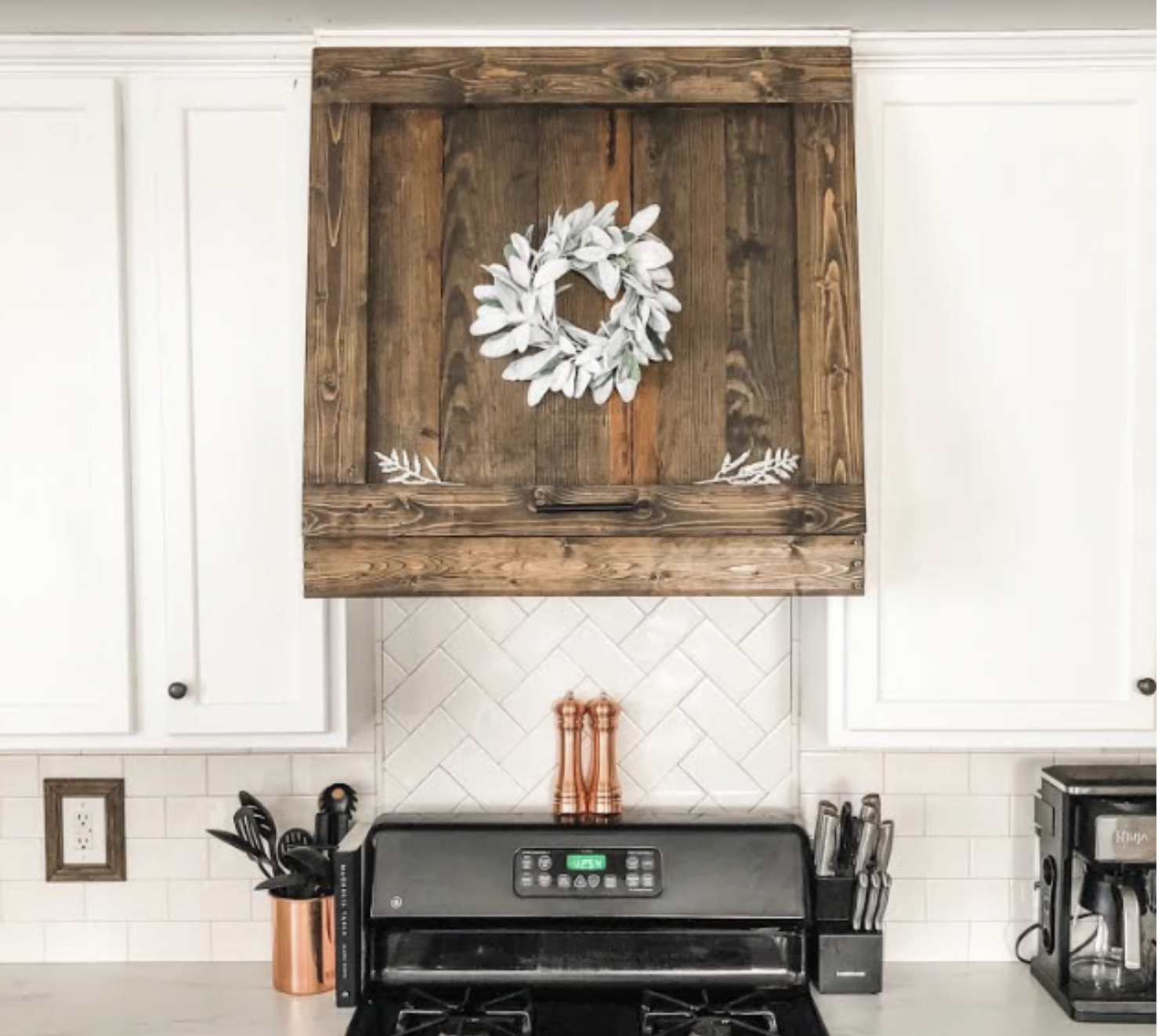
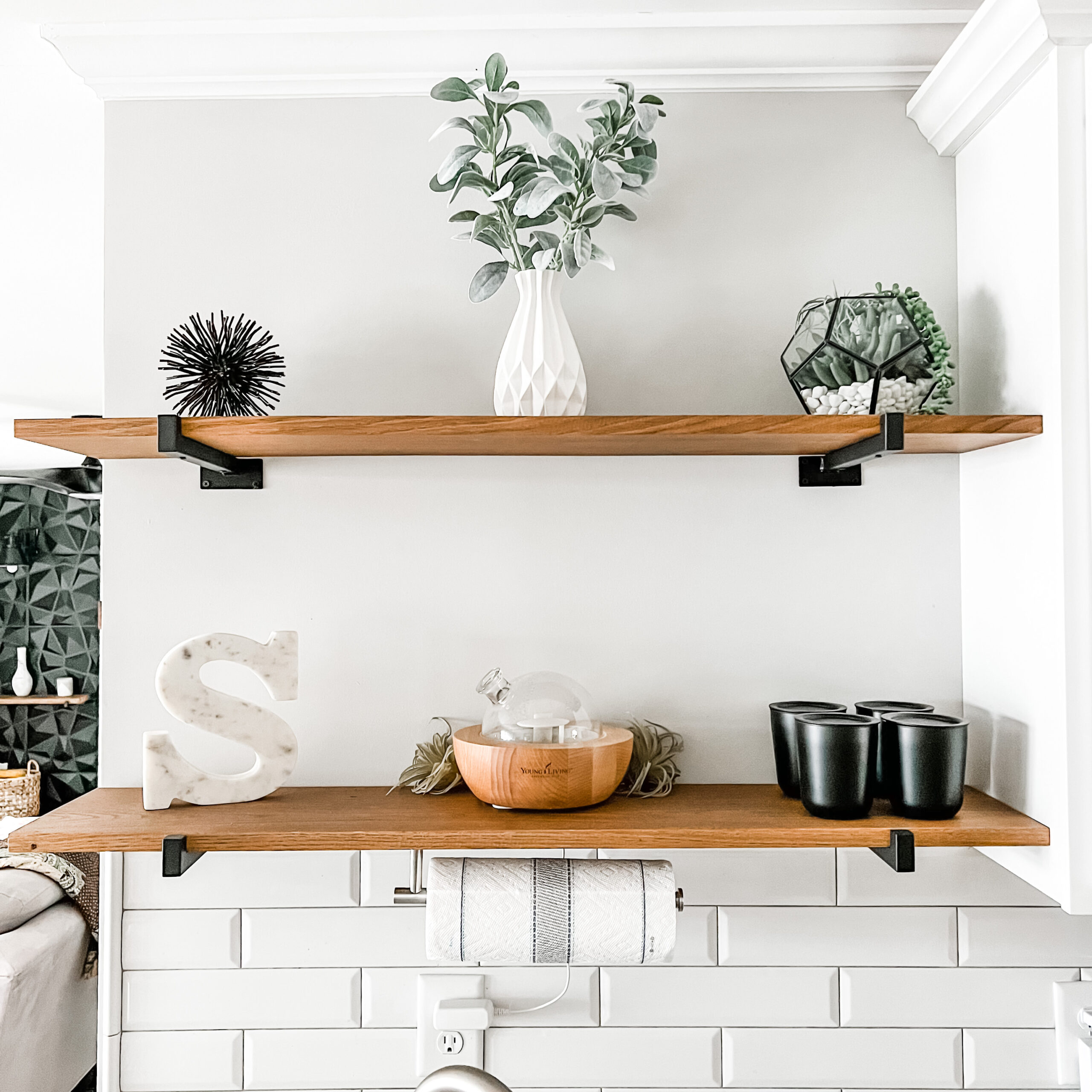
I need to to thank you for this great read!! I certainly loved every bit of it. I have got you book-marked to look at new things you postÖ
Great info! Thanks for sharing. I am going to make a coffee table and the boards are about 2 inches thick (American elm). Since I don’t have the domino, what do you recommend I use to attach my boards?
Nice blog right here! Additionally your web site rather a lot up fast! What web host are you using? Can I get your associate link in your host? I desire my site loaded up as fast as yours lol
I use Word Press! I do not have an affiliate link